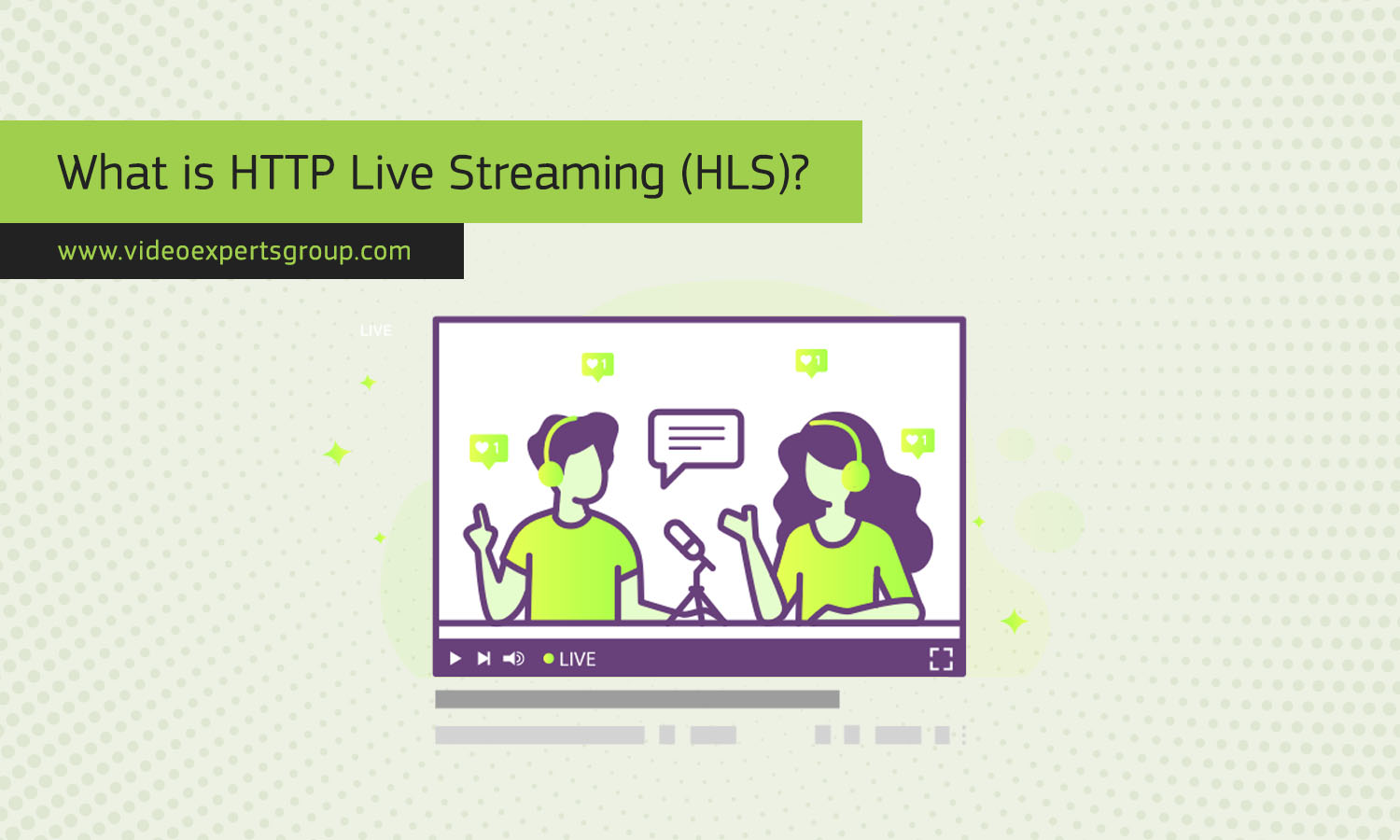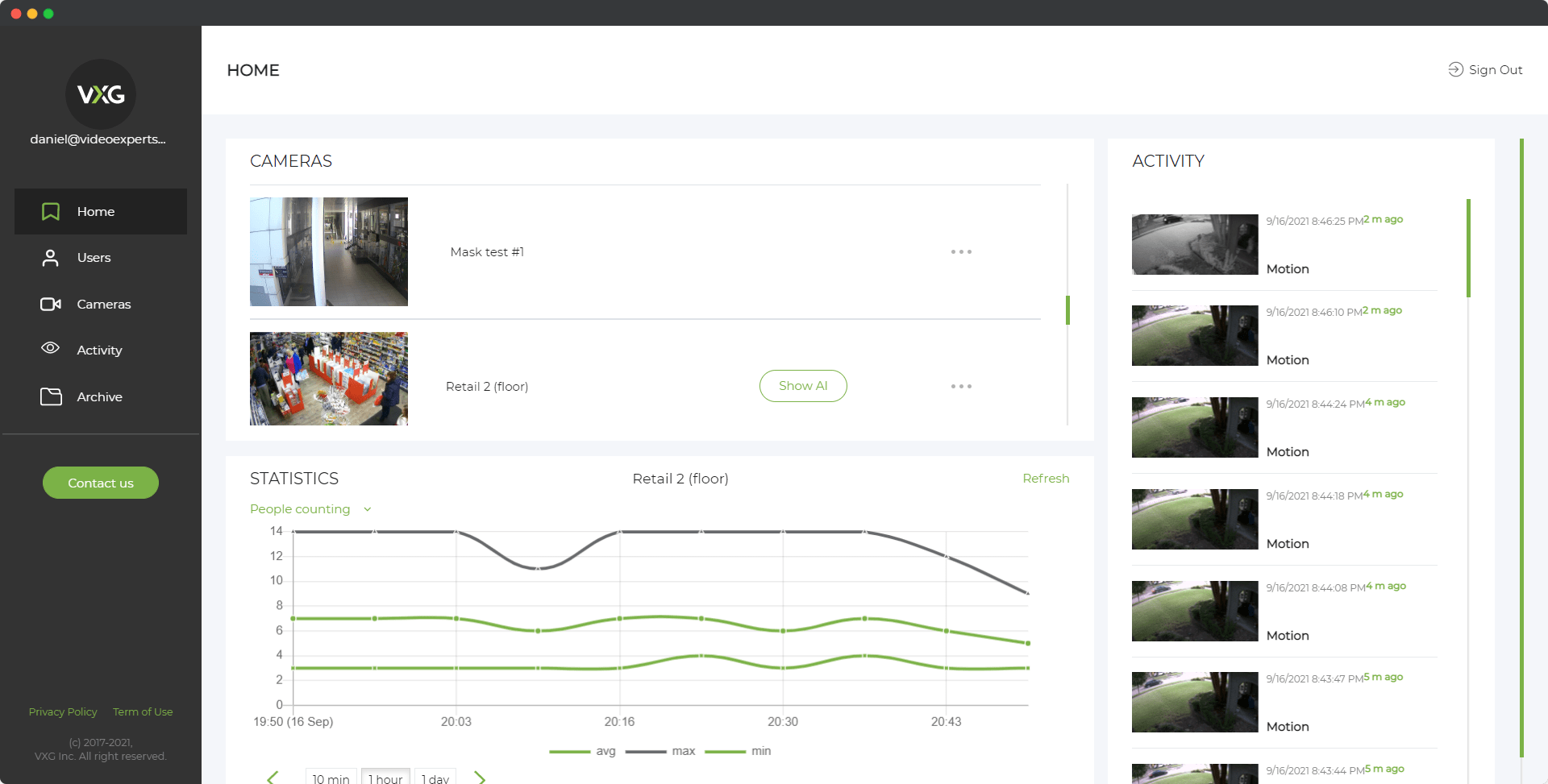HTTP Live Streaming (HLS) is a widely used streaming protocol that enables the delivery of multimedia content over the internet. It is designed to work with standard HTTP web servers, making it a flexible and accessible solution for delivering audio and video content to a wide range of devices.
What is HLS used for?
HLS is primarily used for streaming live and on-demand multimedia content, such as videos and audio. It allows users to watch or listen to the content in real-time without having to download the entire file first. This is particularly useful for online video platforms, live events, and other applications where immediate access to media is crucial.
How does HLS work?
HLS divides the multimedia content into smaller, manageable chunks. These chunks are then delivered over the internet using standard HTTP protocols. The client device, such as a smartphone or computer, retrieves these chunks and assembles them to provide a seamless streaming experience. HLS also supports adaptive bitrate streaming, allowing the quality of the content to adjust dynamically based on the viewer's internet connection speed, ensuring a smooth playback experience.
Advantages
- Compatibility: HLS is supported by a wide range of devices and platforms, including iOS devices, Android devices, web browsers, smart TVs, and more. This makes it a versatile solution for content delivery.
- Adaptability: HLS adjusts the quality of the stream in real-time based on the viewer's network conditions. This adaptive bitrate streaming ensures a continuous and buffer-free playback experience, even in varying network conditions.
- Ease of Implementation: Since HLS leverages standard HTTP servers, it is relatively easy to implement and integrate into existing infrastructure. This simplicity contributes to its widespread adoption.
Example
Imagine you want to watch a live concert on your smartphone. The concert is being streamed online using HLS. When you open the streaming app on your phone, it communicates with the server hosting the content. The server breaks down the concert into smaller video and audio chunks. Your phone then requests and downloads these chunks in real-time, allowing you to enjoy the concert without waiting for the entire file to download.
HLS Clients
HLS clients are applications or devices that can receive and play HLS streams. Some common HLS clients include:
- Web Browsers: Popular web browsers like Google Chrome, Mozilla Firefox, and Safari support HLS playback.
- Media Players: Various media players, both standalone and embedded in devices, are capable of playing HLS streams. Examples include VLC Media Player and Windows Media Player.
- Mobile Devices: Smartphones and tablets, including those running iOS (Apple devices) and Android, have built-in support for HLS.
HTTP Live Streaming is a versatile and widely adopted protocol for delivering multimedia content over the internet. Its compatibility, adaptability, and ease of implementation make it a preferred choice for streaming live and on-demand content across various devices and platforms.
















